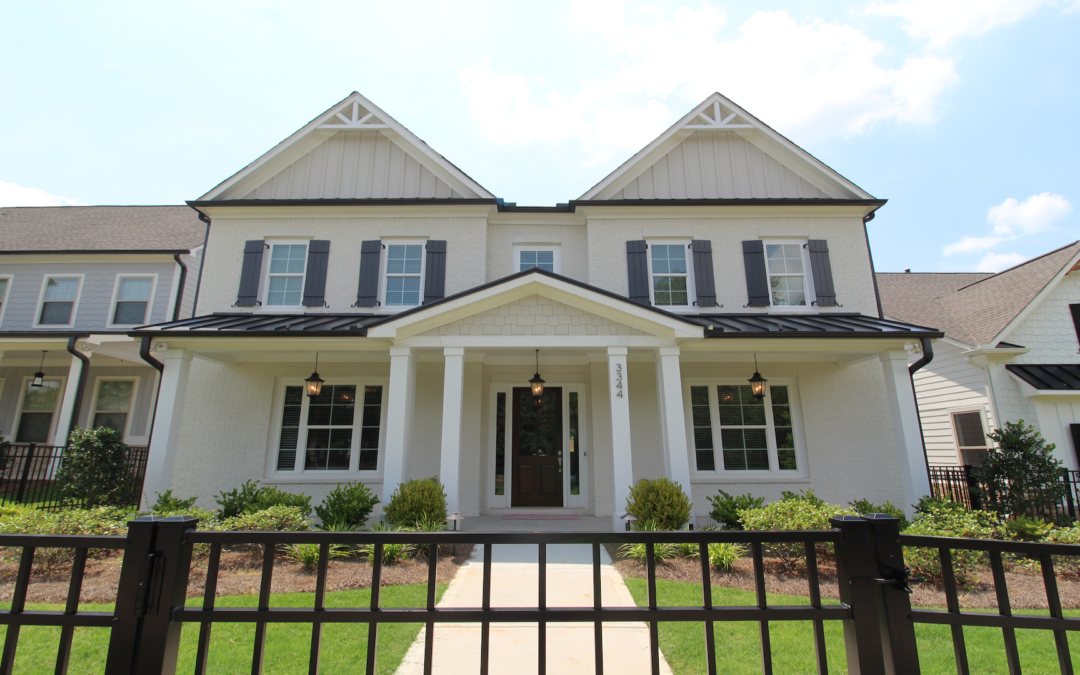The numbers: U.S. new home sales rose 10.7% to a seasonally-adjusted rate of 696,000 in May, from a sharply revised 629,000 in the prior month, the Commerce Department reported Friday. Analysts polled by the Wall Street Journal had forecast new home sales to come in at 587,000 in May from the initial estimate of 591,000. Year-over-year, new home sales are down 5.9%.
Key details: The median sales price of new homes sold in May fell to $449,000 from a record high $454,700. The supply of new homes for sale fell 7.2% between April and May, equating to a 7.7-month supply.
Regionally, sales fell drastically in the Northeast by 51.1%, followed by the Midwest, which saw an 18.3% drop in new home sales. The South and the West on the other hand saw increases in sales, at 12.8% and 39.3% respectively.
Big picture: Despite the higher sales numbers, the housing sector is in the midst of a slowdown, with mortgage rates soaring past 5.8% for a 30-year fixed-rate mortgage, according to Freddie Mac. Inventory remains tight with the number of homes on the market.
The data are often sharply revised. April new home sales initially stood at 591,000, now revised to 629,000.
What are they saying? “The data can be volatile month-to-month and subject to revision,” Rubeela Farooqi, chief U.S. economist at High Frequency Economics, said in a note.
But the “trend has weakened sharply so far in Q2,” Farooqi added. “Overall, home sales are likely to be constrained going forward by higher prices and ongoing increases in mortgage rates, as the Fed continues to normalize monetary policy.”
“These data are wild – the margin of error in the May print is gigantic,” Pantheon Macroeconomics’ Ian Shepherdson noted, noting the 18.9% confidence interval.
Even if sales did rise in May, that “does not change the big picture at all,” he added.
The “housing market is rolling over, and sales will fall sharply over the next few months, lagging the plunge in mortgage applications,” Shepherdson said. “Potential homebuyers’ purchasing power has been drastically reduced by the surge in mortgage rates, so demand has plunged.”
Market reaction: The Dow Jones Industrial Average and the S&P 500 were both sharply higher in early trading on Friday. The yield on the 10-year Treasury note inched down to 3.08%.
By Aarthi Swaminathan and Greg Robb

